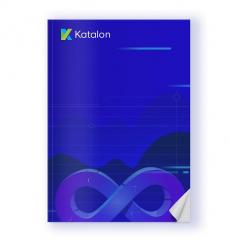Straight Talk about Low-code
Business leaders are increasingly turning to IT organizations to help drive digital transformation through automation and innovation across lines of business. These leaders are selecting, implementing, and maintaining technology investments that support their businesses, while keeping IT costs down. Unfortunately, escalating technical debt and a lack of skilled talent are preventing IT from being as impactful as it could be.



